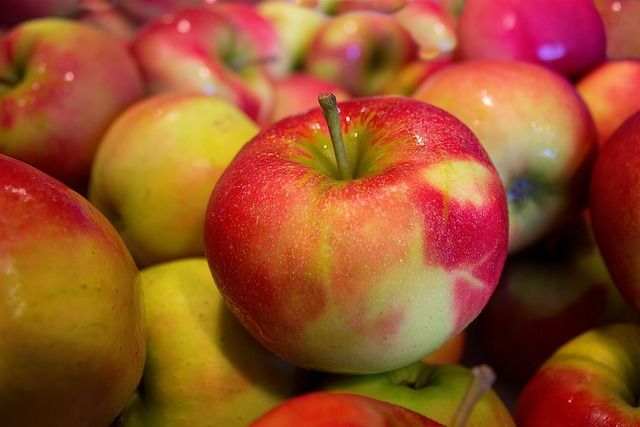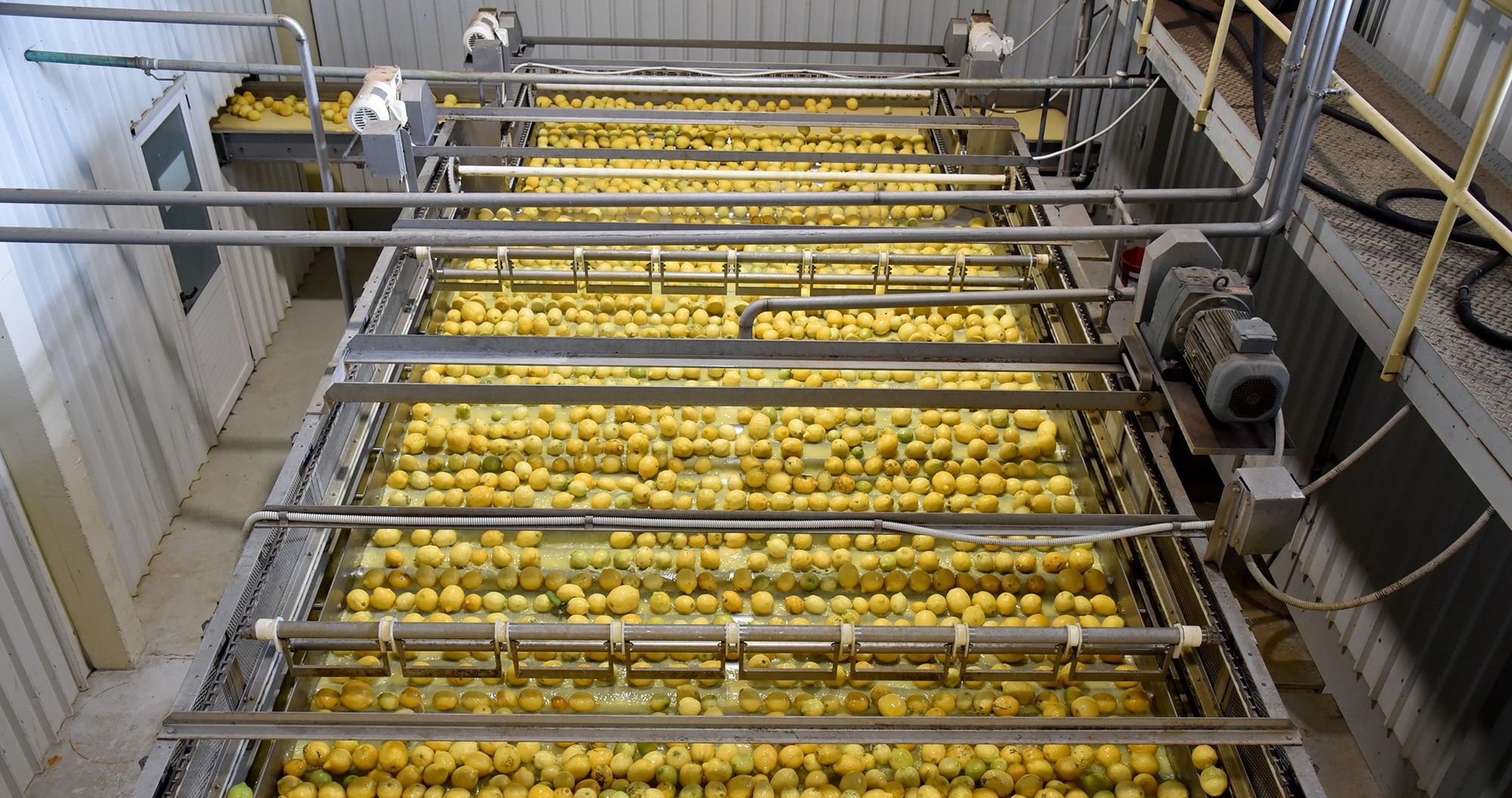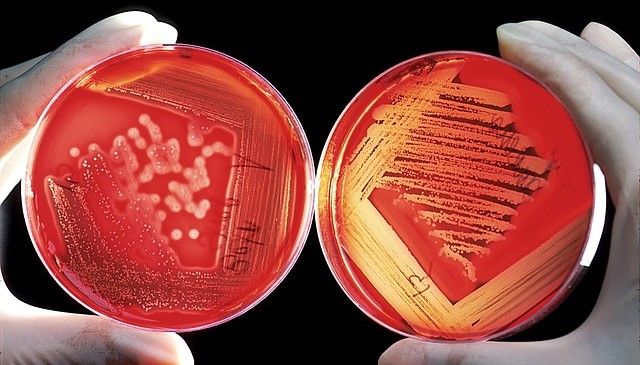Nanocoating Extends Shelf Life of Fruit and Vegetables
Reducing food waste is about to get easier thanks to the application of nanotechnology into an already commonly applied food grade wax coating.

With a growing and hungry population, food waste is a huge and expensive global problem.
As a recent report published by the UN on Food Waste Day notes, “Globally, around 13 percent of food produced is lost between harvest and retail, while an estimated 17 percent of total global food production is wasted in households, in the food service and in retail all together.”
This wastage is particularly prevalent in fresh produce, such as fruit and vegetables, which without heat treating, freezing, or canning have a very limited shelf life. At the same time, as many of these foods are eaten raw or with minimal cooking, consumers are also at risk of eating harmful pathogens and microorganisms.
Now, through the application of nanotechnology into an already commonly applied food grade wax coating, fruit and vegetables can stay fresher for longer and the chance of people getting sick from bacteria on food can be reduced.
“We are living in an age where technology has advanced so much. However, the food industry has not competed with these advances, and there are continuous problems with food safety. News about foodborne diseases and outbreaks reporting hundreds of people becoming sick from unhygienic food frequently appears at the national level,” says Dr Mustafa Akbulut, professor of chemical engineering at Texas A&M University and the creator of the nanotechnology.

To counter the short lifespan of fruits and vegetables, artificial wax coatings are commonly used in post-harvest processing. This method tries to make fruit and vegetable glossy and more consumer-pleasing by reducing water loss through their skin, improving protection against water- and air-borne viruses, and improving their surface texture and appearance.
These paraffin waxes are inexpensive and have relatively low melting points (typically ranging between 48 and 66 °C), making them easy to apply through an industrial dip coat process.
Essential oils have been used by several researchers in recent years as an additive to these waxes as a way to extend shelf life and offer better protection. However, produce cannot be treated directly with essential oils due to their natural volatility, potent scent, and the less stable nature of certain phytochemicals.

The breakthrough to overcome this problem was made when nanomaterial researchers combined the paraffin wax with nano-encapsulated cinnamon-bark essential oil in protein carriers to enhance the wax with antibacterial properties.
“I think that the impact that these wax coatings will have on the industry is very big because the industry is looking for new technologies,” says Prof. Luis Cisneros-Zevallos, a horticultural scientist who worked on the study. “This is one of those tools that we are developing that could actually help the industry face these challenges against human pathogens and spoilage organisms.”
This is because, microorganisms have a more difficult time adhering to and surviving on fruits and vegetables when they have been coated in nano-encapsulated essential oils. When compared to their unencapsulated counterparts, the active components and products have a longer half-life due to the essential oil's delayed release.
“When bacteria are exposed to essential oil it can break down the bacterial wall,” explains Akbulut. “This technology is going to basically help us inactivate the bacteria and fungi to extend the shelf life.”

Nanomaterials are already used to improve coatings by providing beneficial qualities, such as UV protection, superior impact strength, crack resistance, and thermal and electrical conductivity. These scientific advances have been applied to furniture coatings, railcars in the mining industry, buildings, epoxy floor resins, aircraft, and in many other sectors. Nanomaterials are also widely used to provide anti-microbial coatings for metals and polymer, but this is the first time that nanotechnology has been used to apply an essential oil in a food wax to restrict unwanted pathogens.
“This coating was also inhibiting the fungal attachment,” adds doctoral student Yashwanth Arcot who assisted in the research. “We have tested this system against Aspergillus, a fungus responsible for the spoilage of food commodities and the onset of lung infections in humans. We were successful in preventing its growth on the hybrid coatings.”
Furthermore, the chemicals used to produce this hybrid wax are antibacterial agents that are already US FDA-approved. But perhaps most importantly, the introduction of the nano-tech coating into current practices in the horticultural sector should be straight-forward.
As Arcot notes, “These hybrid wax coatings are easily scalable and can be implemented in food processing industries.”
Photo credit: Marco Roosink on Pixabay, Jacqueline Macou, Raw Pixel, & WikiImages

